Reviewed by Julianne Ngirngir
Google just teased their most expensive Pixel device ever, and the internet can't stop buzzing about whether it's worth the premium price tag. The Pixel 10 Pro Fold is set to introduce a new 1TB storage tier, pushing its price to $2,150, marking a new peak for Google's smartphone lineup. But here's the thing: this isn't just another incremental upgrade—Google's betting big on solving the durability issues that plagued earlier foldables while adding features that could make Samsung nervous.
What you need to know:
Premium pricing justified: New 1TB storage option brings serious storage muscle
Durability breakthrough: First foldable potentially achieving full IP68 dust-water resistance
Display evolution: Larger 6.4-inch cover screen through thinner bezels
Power upgrade: 5,015mAh battery capacity represents a meaningful jump
Why Google's durability gamble might actually pay off
Let's be honest—Google's track record with foldable durability has been a rocky road. The original Pixel Fold used aluminum frames instead of stainless steel, making it cheaper to manufacture but less resilient, and reviewers consistently noted it wasn't "the most resilient phone around." The waterproofing method employed a hard plastic material that was more susceptible to cracking over time, especially concerning for an $1,800 device competing with Galaxy Z Fold phones.
But here's where things get interesting: the Pixel 9 Pro Fold showed significant improvement, earning praise as "the most exciting foldable device" on iFixit's teardown table and being called "more repairable than most" foldables. Now, Google's doubling down with what could be the first foldable achieving complete IP68 dust-tight and water-resistant rating—a game-changing advantage over Samsung's IP48 rating.
This means you can confidently use it at the beach without worrying about sand infiltrating the hinge, in dusty workshops where other foldables would require extreme caution, or during outdoor adventures where complete environmental protection matters most.
PRO TIP: If Google delivers on IP68 protection, you're looking at peace of mind that no other foldable currently offers—the ability to treat your $2,150 foldable like a regular flagship phone in challenging environments.
The display and design upgrades that matter
Screen real estate gets a meaningful boost with the Pixel 10 Pro Fold expected to gain a slightly larger 6.4-inch cover display through thinner bezels, compared to the current 6.3-inch external screen. Those extra millimeters translate to more comfortable typing, better app usability without unfolding, and reduced need to constantly switch between outer and inner displays for basic tasks.
The inner display maintains the spacious 8-inch Super Actua Flex design that made the Pixel 9 Pro Fold competitive, but now with improved brightness capabilities potentially reaching 2,700+ nits of peak brightness. This brightness leap enables clear outdoor visibility even in direct sunlight—crucial for a device designed for productivity on the go.
However, there's a deliberate trade-off: the device is projected to be heavier at around 250-258 grams, compared to Samsung's lighter approach. That additional weight stems from Google's focus on durability—the reinforced frame and improved hinge mechanism that enable the IP68 rating. For users who prioritize longevity over portability, this represents smart engineering priorities.
The design philosophy shows Google's focus on a more compact hinge allowing for that larger external display, while maintaining the sleek profile that made the Pixel 9 Pro Fold one of the thinner options in the market.
Tensor G5 and the performance question
Here's where Google's making its biggest bet: the Pixel 10 Pro Fold will feature Google's first fully custom Tensor chip—the G5—built on TSMC's 3nm process. This represents Google's transition away from Samsung semiconductor support to a bespoke Tensor G5 processor made by TSMC, giving Google complete control over optimization for their specific use cases.
Performance improvements look substantial: 30% faster boot times with Google's new 'Parallel Module Loading,' improved AI processing via a new TPU, and better battery life from improved power efficiency. The Tensor G5 features ray tracing support—new to Google chips—and GPU Virtualization capabilities that enable advanced graphics workflows previously impossible on foldables.
The TPU sees almost 40% larger TOPS value, though Google's internal benchmarks suggest the real-world performance improvement is closer to 14%. That 14% translates directly to faster Magic Eraser processing when editing photos across the large inner display, more responsive Live Translate during video calls, and quicker computational photography—features you'll notice during every productive session where the foldable form factor shines.
Is $2,150 the new normal for premium foldables?
Here's where pricing gets complicated. Despite reports of the $2,150 1TB model, some rumors suggest the base Pixel 10 Pro Fold could actually see a price drop from the previous $1,799 to $1,599. This pricing inconsistency in leaks suggests Google may be testing market response to different tiers—the base model starting lower while the 1TB configuration reaches premium territory to justify the storage leap.
The value proposition centers on features competitors haven't mastered: the potential for complete dust protection, the 5,015mAh battery capacity bump, and Google's AI-first approach. Plus, all Pixel 10 series phones are expected to ship with Android 16 and attractive bundles, including six months of Google AI Pro and Fitbit Premium.
When you consider that Samsung's Galaxy Z Fold 7 weighs only 215 grams versus the Pixel's projected 250+ grams, Google's asking users to accept extra weight in exchange for superior environmental protection and software integration. For business users who need reliable outdoor functionality and seamless productivity workflows, that trade-off makes strategic sense.
Where Google goes from here
Bottom line: the Pixel 10 Pro Fold represents Google's most ambitious swing at foldable dominance yet. With smartphone brands expected to introduce fewer foldable models in 2025 due to slowing sales momentum, Google's doubling down while others pull back—a calculated risk that could pay off if they've truly solved the durability equation.
The August 20 launch will reveal whether Google's bet on durability improvements, AI integration, and premium positioning resonates with consumers willing to spend flagship money on foldable innovation. The Pixel 10 series looks like Google's most ambitious lineup yet, with the Pro Fold positioned as the flagship that demonstrates Google's vision for premium mobile computing.
If you're considering the jump to foldables, the Pixel 10 Pro Fold could finally deliver the durability peace of mind that's been missing from the category. For power users who need a device that can handle beach vacations and board meetings with equal confidence, that $2,150 price tag starts looking like insurance rather than indulgence.




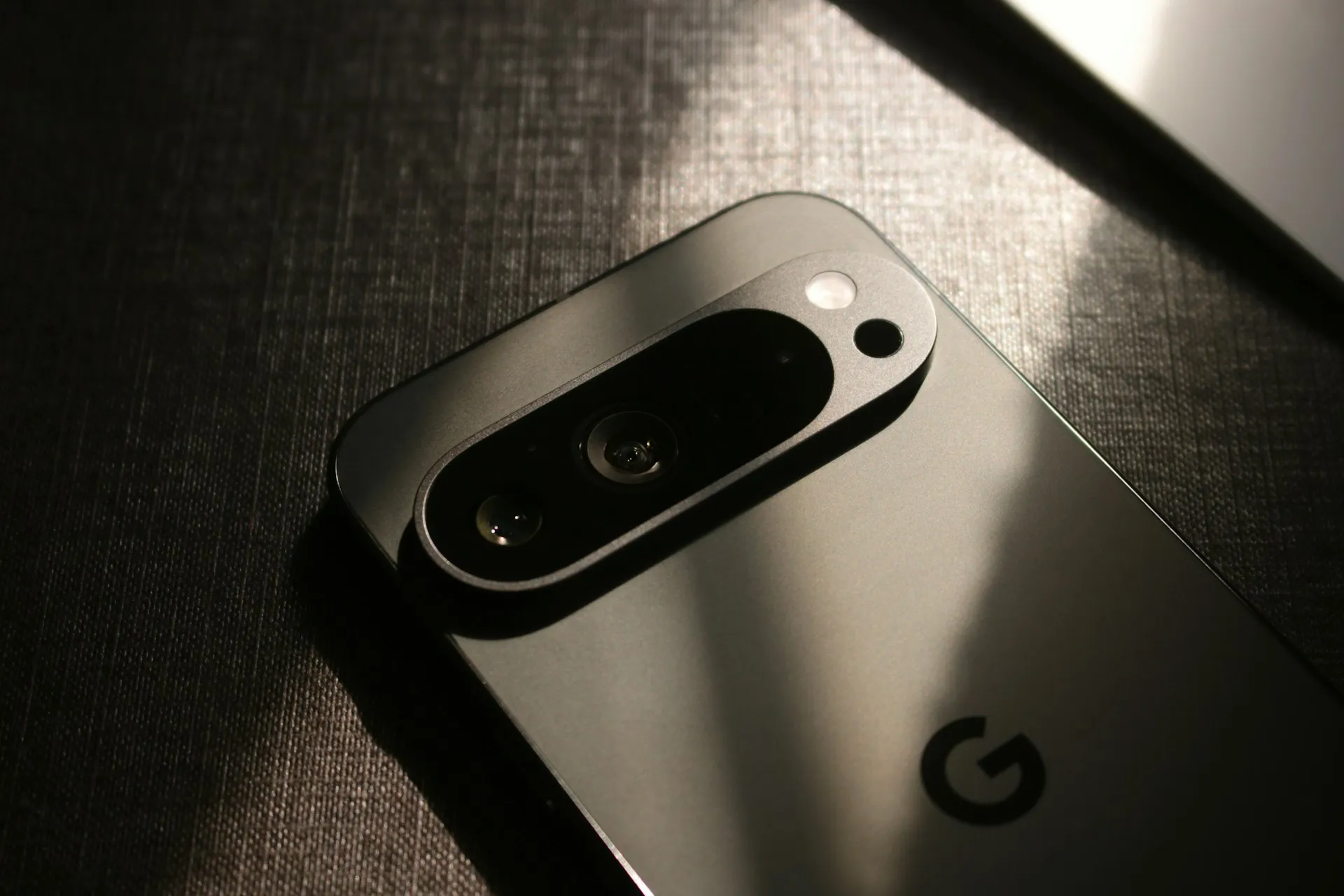

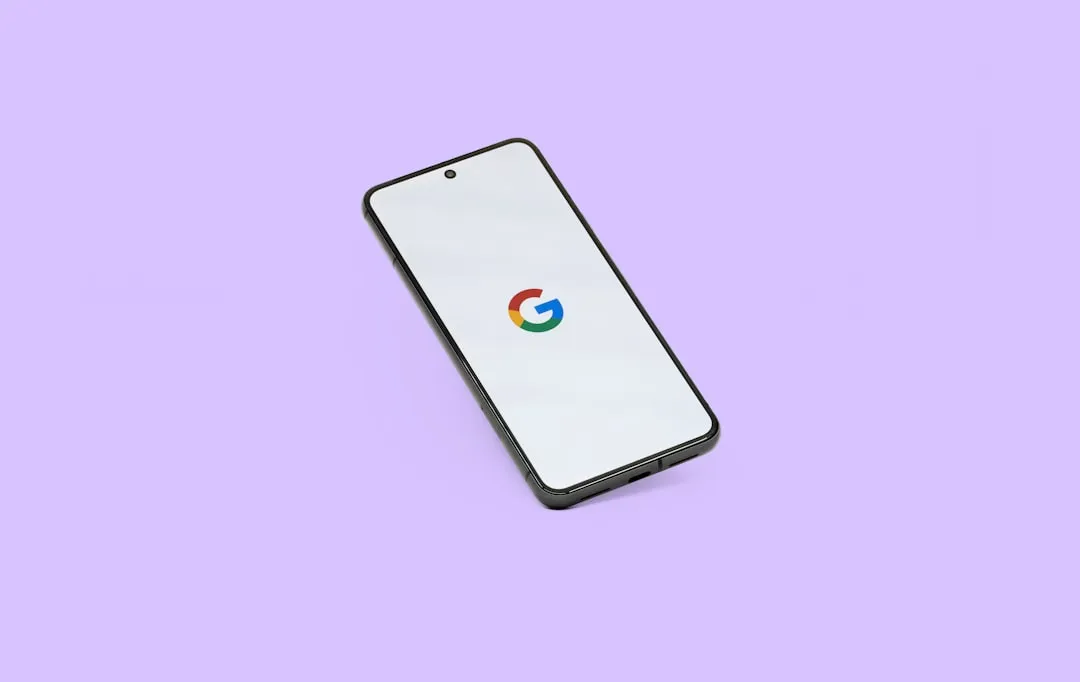

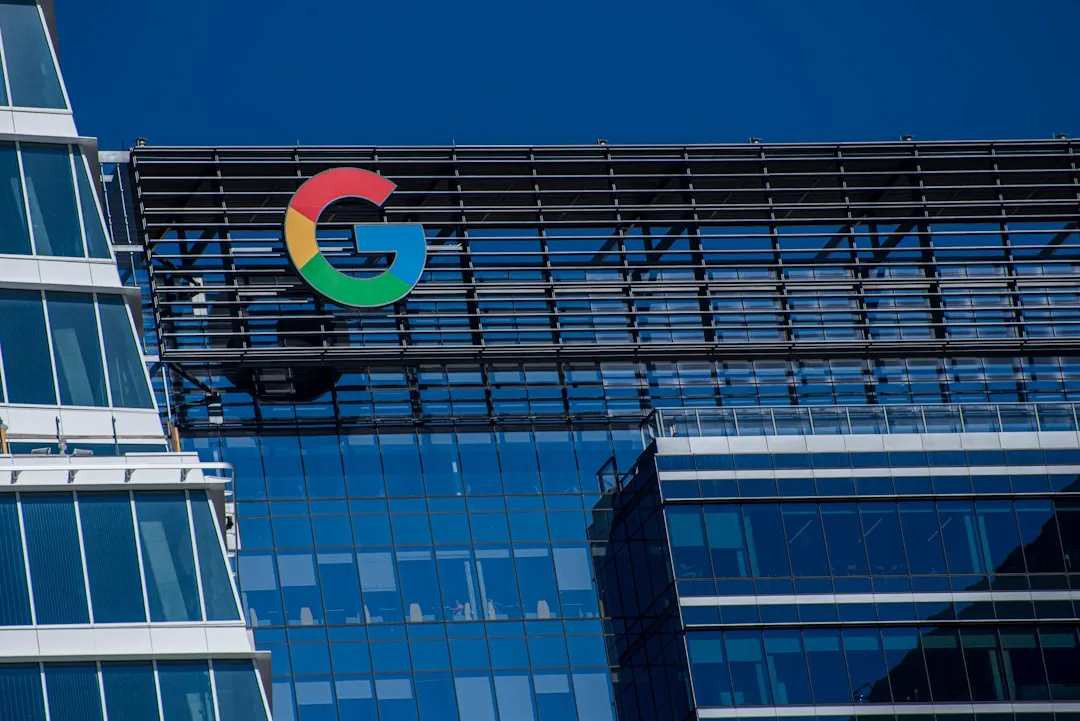
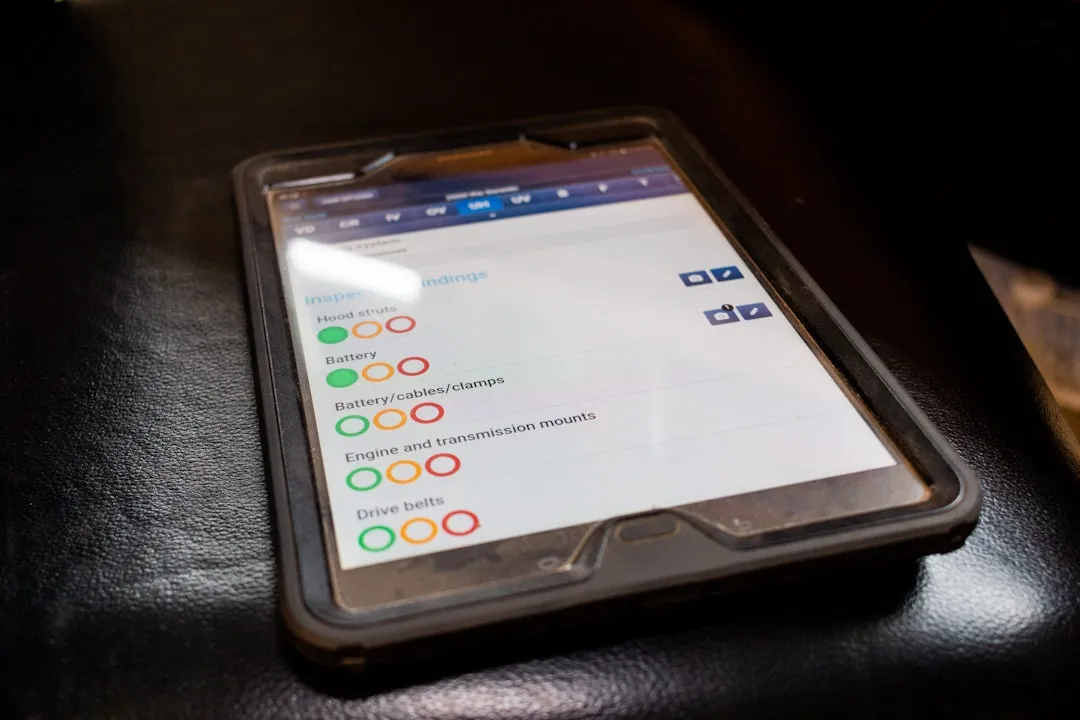







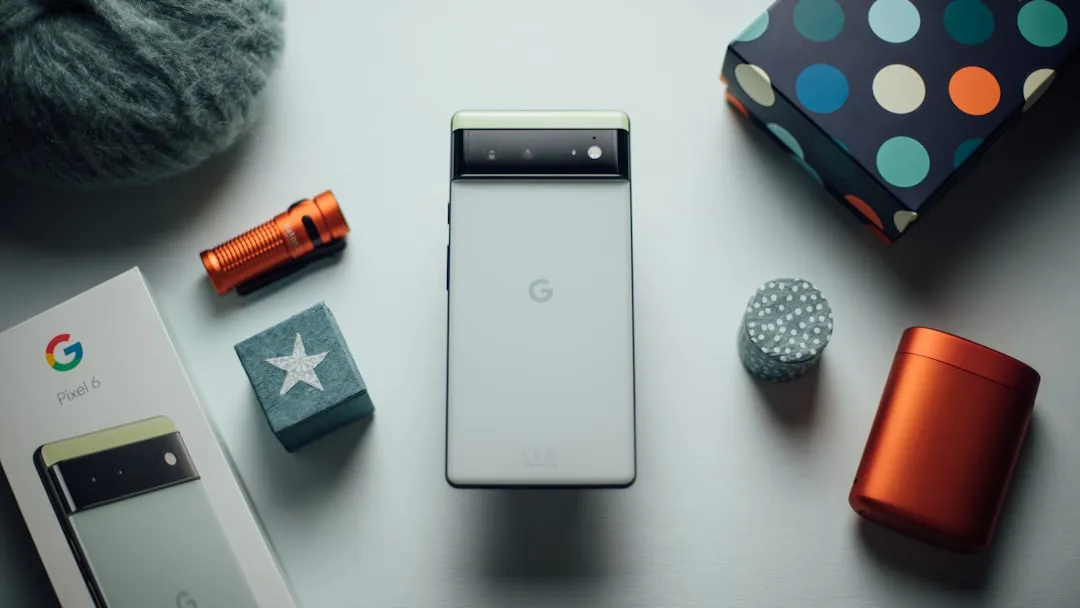

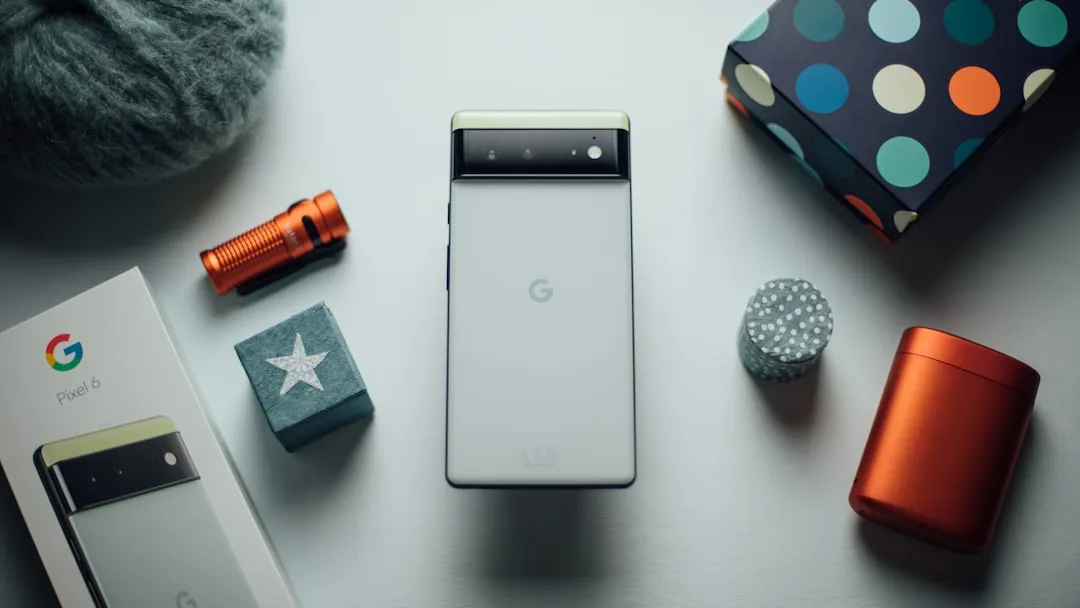
Comments
Be the first, drop a comment!